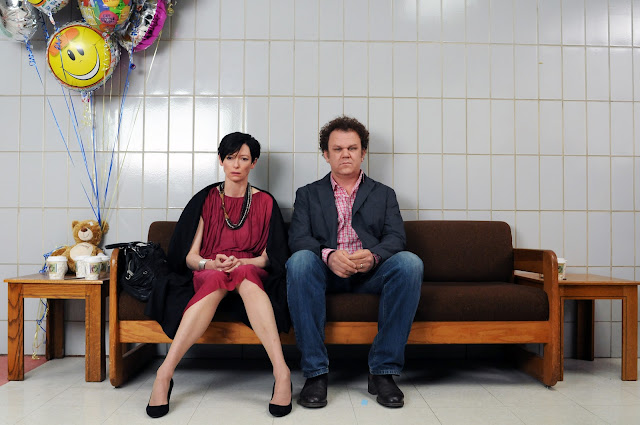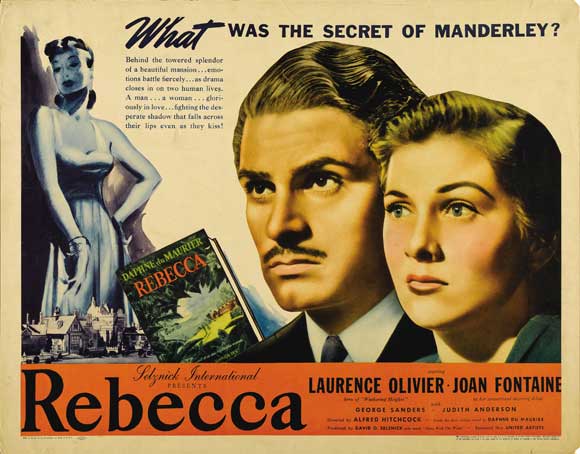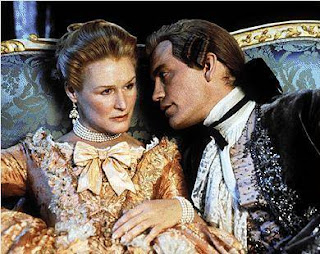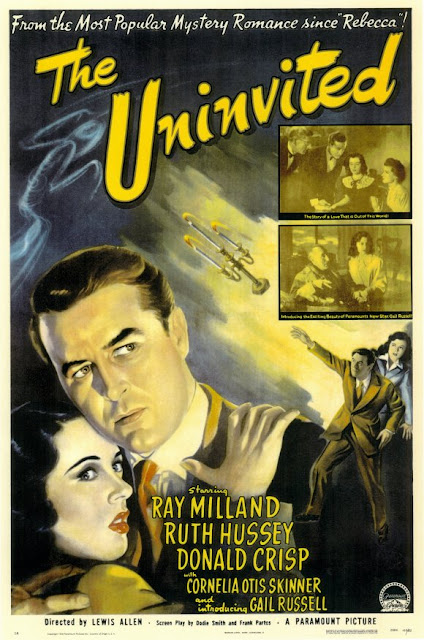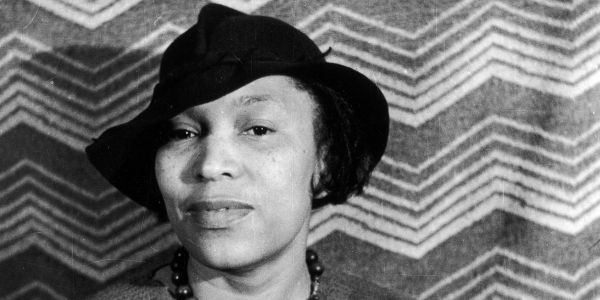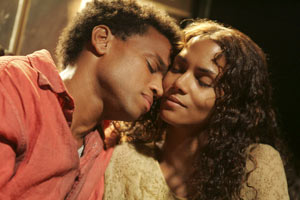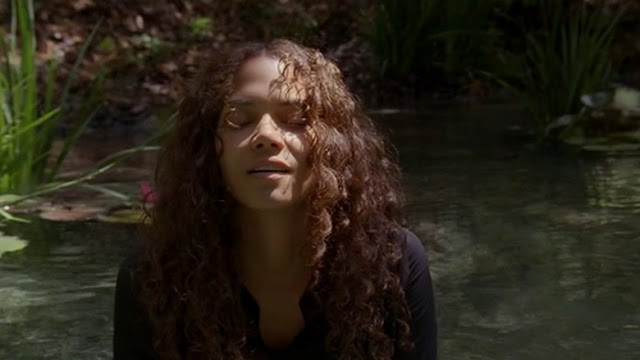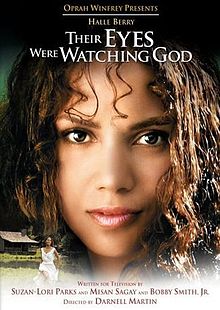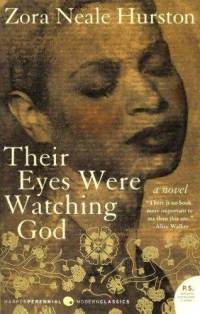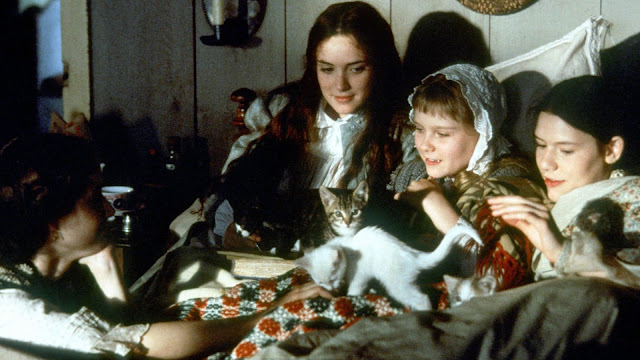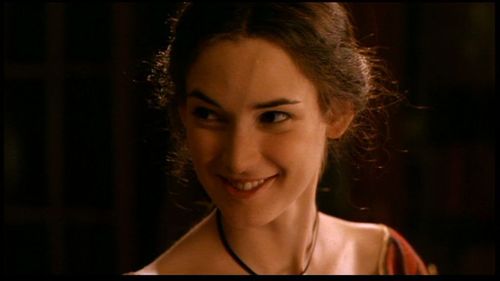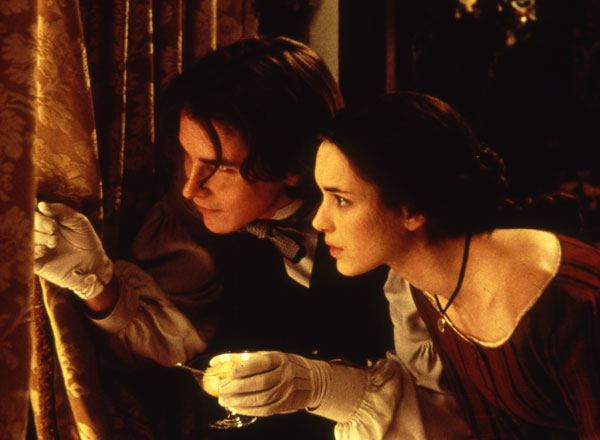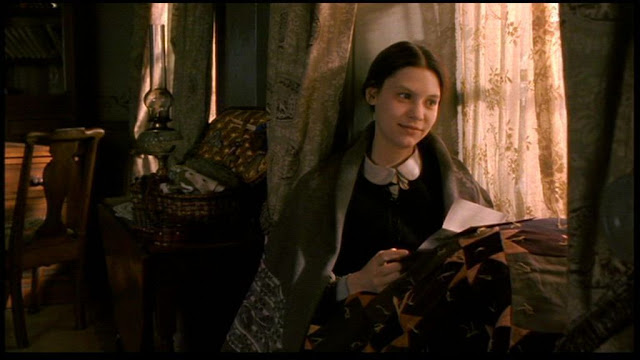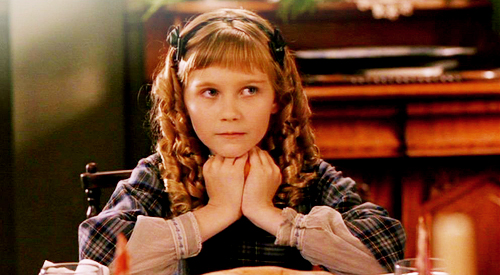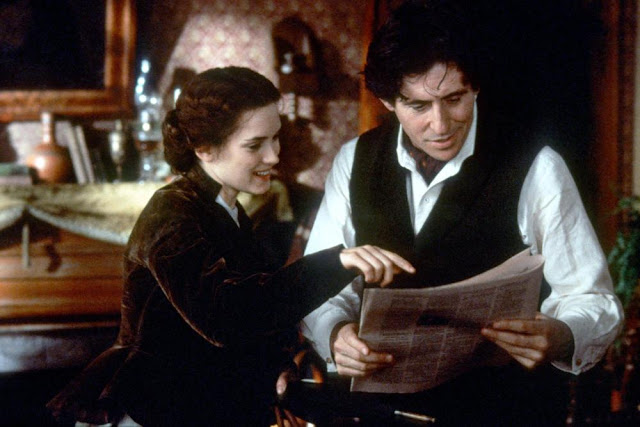Guest post written by Kaly Halkawt.
The author Sharnush Parsipur wrote 1989 a novel that would become what could be called a modern classic in contemporary feminist literature. The book entitled Women Without Men is a story about how five women living in Iran during the 1950s end up in exile from the male-dominated society they live in that has in different ways deprived them their freedom. Although along their path into exile is not a simple one. They must all go through a painful metamorphosis and accept that the freedom they ask for alienates their bodies from society. All five protagonists come together in a garden which serves them as a space free from male domination.
 |
| A still image from the video Mahdokt |
Mahdokt’s character can here be read as a representation of the female body and an attempt to erase the values and symbols the female body has embodied in mythology as the object. Parsipur/Neshat has rewritten the myth of the female body by making it the subject and not the object of the story. Mahdokt is the narrator of her story and she is not a victim. She actively chooses to offer her body to her ideal by becoming a tree in contrast to Daphne who is a victim who is being punished for not sacrificing her body.
The film takes place in 1953 which politically is an unforgettable year in Iran’s history. The democratically chosen Prime Minister Mossadghe was overthrown by the CIA which created enormous protests. The political background story serves as a tool for creating what will be the revolution in the mind of the characters.
 |
| Shabnam Toloui (Munis) |
In the first shot we see the character Munis committing suicide by jumping down from a roof, however she lives on in the story as the narrator. Later on in the film, we learn that one of the reasons for why she committed suicide was because she lived with a conservative brother who aggressively wanted her to stop following the protests by listening to the radio. He encouraged her to instead get married and “start a real life.”
The day of Munis’ suicide, we learn that her brother organized a suitable man that would come and ask for her hand in marriage. When Munis’ brother refuses to let her go out of the house, she decides to take control over the situation. By sacrificing her body for the sake of her integrity and political conviction, her death does not necessarily need to be read as a forfeit. Munis’ death leads to her freedom and becomes her politics. Its through her eyes after her death that we get to see the protests and demonstrations on the streets of Tehran.
 |
| Pegah Feridony (Faezeh) |
It is also Munis action that leads to the awakening of her friend Faezeh. From the beginning, Fazeh is portrayed as a traditional girl who wants to live a “normal life” aka get married and have children with Munis’ brother. However when she finds Munis’ dead body on the street and sees how her brother digs it down in his garden to prevent the news of her suicide spreading and leading to an official shaming of the family name, Faezeh’s world is turned upside down. She gives up the idea of marriage and men and just decides to look for her own piece of mind. Munis’ ghost serves literally as the guide and takes Faezeh to the garden and leads her into exile.
 |
| Arita Sharzad (Fakhri) |
Fakhri is the eldest of the gang and arguably embodies what Second Wave feminism has criticized: upper-middle class ladies who are bored serving as some sort of poupée (doll) for their husbands. Fakhri’s journey towards change starts when she meets an old friend who reminds her of the freedom that can be the price of getting married. She remembers how she used to write poetry and hang out with people who believed in culture as a political tool for change, an opinion that makes her husband laugh. So in her own “eat-pray-love” escapade, she buys a big house in the garden and leaves her relationship so that she can put energy and time into rediscovering and recreating herself.
 |
| Jean-Auguste Dominique Ingres’ The Turkish Bath via Amiresque |
The fourth character Zarin is a prostitute who decides to escape the brothel when she sees a client’s deranged face while they are having sex. Zarin never talks during the film and like Munis, she uses her body to free herself from the societal norms. Zarin is just her body, we don’t get her background history. I think one possible reading of why she is just reduced to a body in this film is a comment on the stereotypical images of women that have been created within the frames of Orientalism.
Some of the films key scenes are focused on Zarin. In one of the most visual scenes, Zarin is in a Turkish hamam (Turkish bath) and scrubbing her body until it starts bleeding. The misé-en-scene is an exact copy of Jean-Augustue Dominique Ingres’ painting The Turkish Bath (1862). This is a direct comment on the representational prevail of white upper-middle class men. This painting, among others, led to the creation of myths about women from the Middle East. Neshat literally tries to erase this myth in this particular scene.
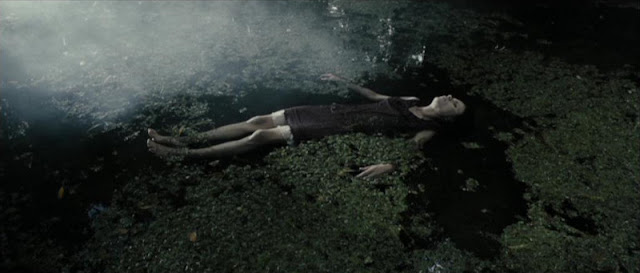 |
| Orsolya Toth (Zarin) |
Another important scene that serves as a commentary for the male gaze is an image of Zarin floating in a river, alluding to John Everett Millais’ painting Ophelia (1852). In Millais’ painting, we see the suicide of Hamlet‘s Ophelia where she falls into the river and dies. Ophelia has been the subject of a lot of debate. How should we interpret her character? What values does she embody? This Shakespearian character is either referred to as a sick young damsel in distress or completely ignored and just seen as an object for male dominance in Hamlet. I think Neshat is trying to criticize the fact that Ophelia is almost never seen as her own character and only read in relation to Hamlet. Once again, Neshat tries to turn the female object into the subject.
Neshat uses Zarin’s body to criticize the stereotypical imagery of women in a few key scenes of the film by reproducing the exact same scenery as some historical paintings. However Neshat transforms Zarin’s body from object into subject, thus giving her the tools to go through a metamorphosis and take control over her body so that she can erase the values and ideas represented by men.
By giving each character their own voice to tell their story, Neshat questions the classical representation of women in Arab and Persian cultures. These women start off by being dominated in the patriarchy they live. Socially and politically, Munis is restricted by her brother. Intellectually, Fakhri does not have the freedom and the hope she had before she got married with an idiot (ie a man with power) and Zarin, before entering the garden, is just reduced to a sexual body used as a tool to control her position on a bigger scale since being a prostitute doesn’t always receive a lot of respect from society. But they all find their way to reinvent themselves in space free from male dominance. In case it’s not clear enough, this film is the queen of awesome films about women.
However one thing a bit fuzzy in Women Without Men is the portrayal of men. To sum it up, this is how Iranian men are characterized: men that live in Iran are uncultivated, uneducated rapists who crave control over women with no nuance of humanity in them. This contrasts with the Iranian men who have moved abroad, cultivated by the Western World and who see the value in educating women and treating them equally. But this is a post about the female characters so I won’t comment further other than to say the stereotype of men from Iran is not being questioned.
I never thought I would write an essay where I would find the female characters more well-written then the men. Deux point, Neshat.






























